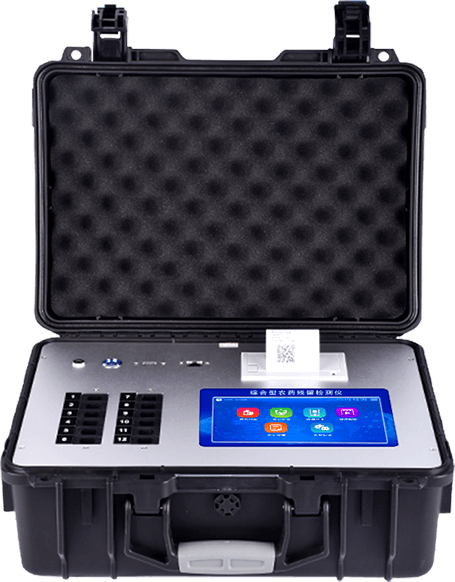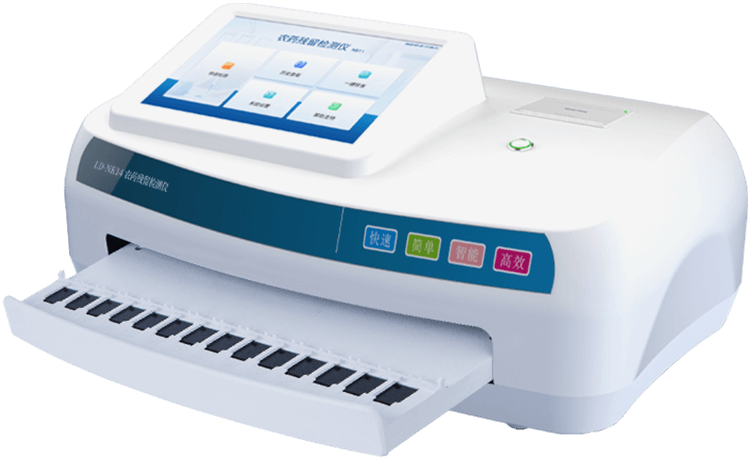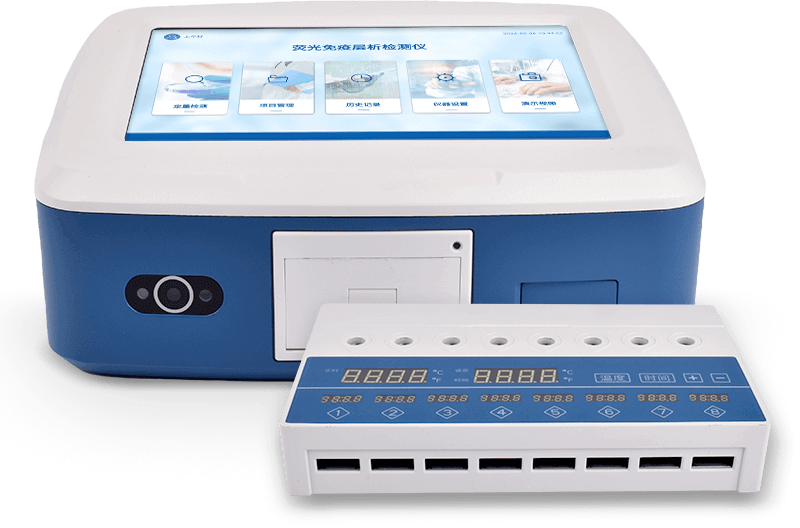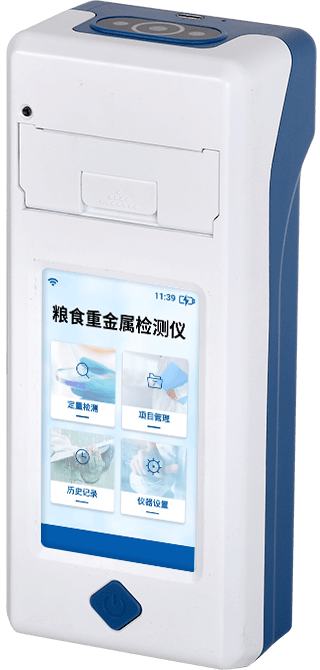
Portable agricultural disability detector
- Product Number:LD-NY12
- Product Difference:12 detection channels, simultaneous testing of multiple samples, portable, sturdy and durable, convenient for mobile testing
Product Introduction
Testing Standards: The enzyme inhibition rate colorimetric method is used for the rapid and accurate detection of organophosphorus and carbamate pesticide residues in agricultural products such as fruits and vegetables. Both acetylcholinesterase and butyrylcholinesterase reagents can be used, in compliance with relevant standards and agricultural standards.
The portable pesticide residue detector is widely used for the rapid detection of organophosphorus and carbamate pesticide residues in food products such as vegetables, fruits, tea, grains, and agricultural by-products. Additionally, it can be used for on-site testing at fruit, vegetable, and tea production bases, agricultural wholesale markets, restaurants, schools, canteens, and for safety testing before fruit and vegetable processing in households.
The portable pesticide residue detector can be equipped with a voice-guided function for user-friendly operation, has a built-in heating function, and can be configured with a high-capacity lithium-ion battery.
Product Features
The case is made of industrial-grade ABS engineering plastic, making it easy to carry, sturdy, and durable, ideal for mobile testing.
The instrument has built-in protection features, allowing users to set usernames and passwords to prevent unauthorized access.
Android operating system with a more user-friendly interface. The main controller uses a multi-core processor with a clock speed of 1.88 GHz, ensuring faster operation and greater stability.
Display: 7-inch high-sensitivity true-color touchscreen display with a user-friendly Chinese interface, providing intuitive and simple readings.
The instrument includes a menu library with over 100 vegetable names, categorized for management. Users can add or remove vegetable names as needed, edit vegetable names, and directly print vegetable names.
Testing channels: 12 testing channels allow simultaneous testing of multiple samples, with cyclic testing. Samples can be tested immediately upon placement, with each sample controlled independently by the program to prevent interference.
The light source uses imported high-brightness LEDs, offering advantages such as low power consumption, high precision, strong stability, controllable light sources (unused light sources can be turned off), and fast response speed.
It features Wi-Fi networking functionality, enabling quick data upload to a computer for data management and statistics. It also supports 4G GPRS remote transmission, allowing a SIM card to be inserted for data transmission to a remote platform.
The printer uses a serial port 5V printing interface, supporting manual or automatic printing. Results are printed within three minutes, with the format including the tester's name, absorbance difference, testing time, testing institution, sample name, and result determination.
It features a USB 2.0 interface design for convenient data storage and transfer, and can be directly connected to a computer at any time, allowing computer control of the instrument. It enables data querying, browsing, analysis, statistics, and printing.
Automatically determine whether samples are qualified, with more intuitive test results.
Intelligent constant current voltage regulation, automatic light intensity calibration, and no temperature drift of the light source during prolonged continuous operation.
Highly intelligent, the instrument features self-diagnostic functions: it includes power-on self-test and zero calibration functions, as well as automatic repeatability detection.
Powered by DC 12V, it offers enhanced safety and can be equipped with a 6A lithium-ion battery charger.
The instrument includes functions for re-calibration, locking, and restoring factory settings.
Product parameters
| Wavelength Configuration | 410nm |
| Suppression Rate | Display Range 0%–100%, Measurement Range 0%–100%, Indicated Value Error ≤10%, Repeatability ≤5% |
| Transmittance | Accuracy ±1.5%, Repeatability ≤0.5% |
| Drift | ≤0.005 Abs/3 min |

 +86 19353291814
+86 19353291814
 +86 19353291814
+86 19353291814



